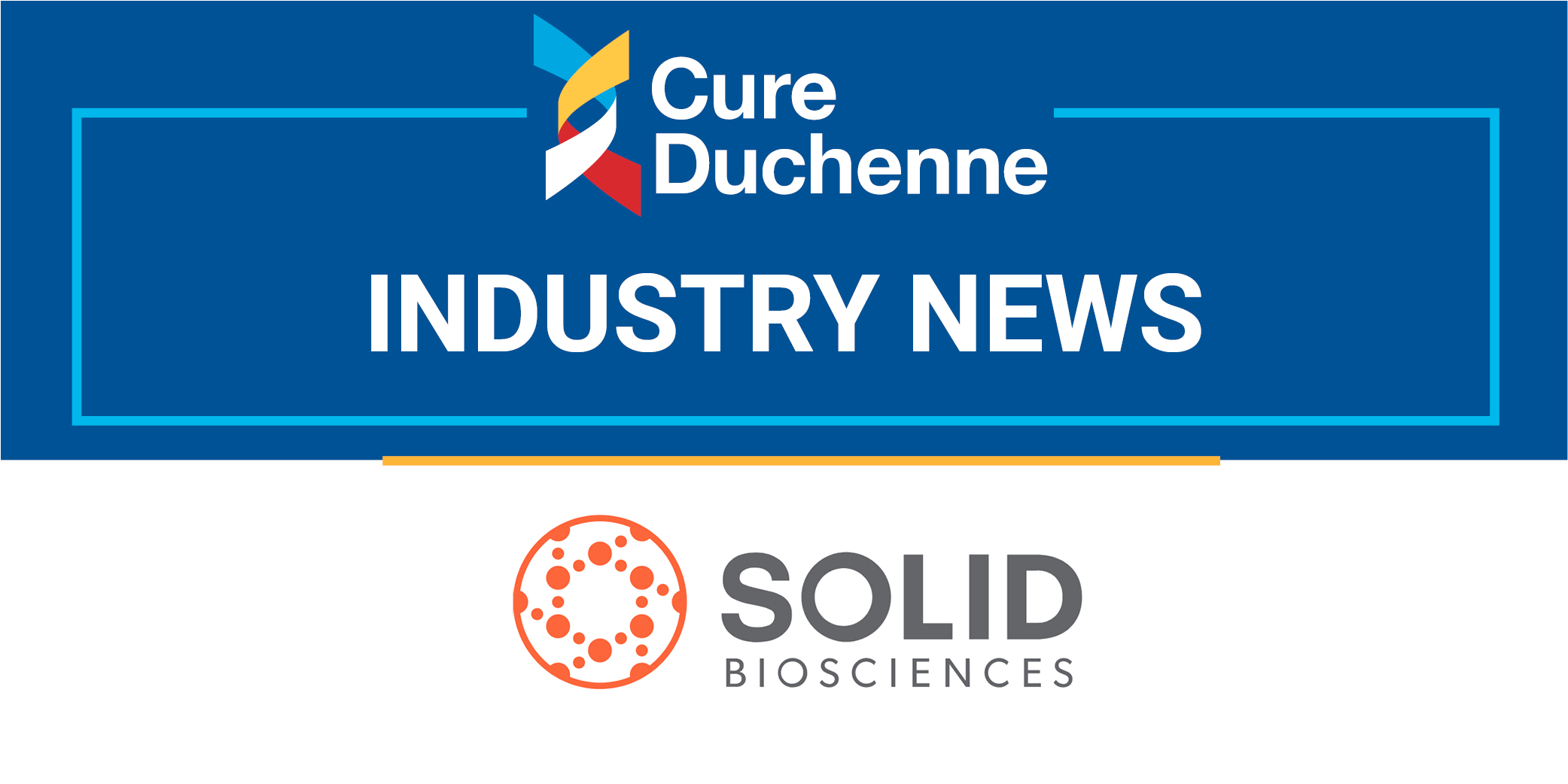Letter to the Duchenne Community: FDA Lifts Clinical Hold on IGNITE DMD Clinical Trial

Dear Duchenne Community,
We are pleased to announce that the U.S. Food and Drug Administration (FDA) has lifted the clinical hold on IGNITE DMD, our Phase I/II clinical trial. We appreciate this community’s support, input and trust as we have worked hard these past several months to remove the clinical hold. We are relentless and motivated to make a meaningful impact on the lives of patients living with Duchenne.
As we shared in July 2020, in addition to requesting further manufacturing information and updated safety and efficacy data for all patients dosed, the FDA also provided direction on total viral load* to be administered per patient. Following its review, the FDA acknowledged that we have satisfactorily addressed all questions related to the clinical hold. We are looking forward to screening patients as soon as possible, with anticipated dosing in the first quarter of 2021.
After consultation with clinical and scientific experts, we have amended our protocol to strengthen the clinical risk mitigation strategy** to enhance patient safety. Our long-term goal is to treat every patient living with Duchenne, but we must work toward this goal in a stepwise manner. To support safe and continued dosing of SGT-001, we are reducing the maximum weight of the next two patients dosed to 18 kg per patient, with safety outcomes from these two patients driving potential weight increase of patients dosed subsequently.
Additionally, we provided updated safety and functional efficacy data for all patients dosed to date in IGNITE DMD. Of note, there have been no additional drug-related adverse events up to 30 months post dosing.
As part of our commitment to continuously improve our manufacturing processes, we have implemented changes that refine the purity of our product. This includes removing the majority of empty viral capsids*** in SGT-001, allowing target dosing to be achieved with fewer viral particles. Reducing the total amount of virus delivered to each patient is intended to support patient safety. Additionally, Solid submitted data from a new microdystrophin expression assay that demonstrates comparability between SGT-001 manufactured by the two processes.
By reducing the maximum weight of the next two patients and improving our manufacturing process to reduce the number of viral particles being delivered, we have addressed the FDA’s guidance on total viral load while allowing continued dosing at the 2E14 vg/kg dose.
We remain encouraged by the differentiated nature of SGT-001 and its potential to benefit patients living with Duchenne. We understand there are many questions regarding our next steps. While we do not have all of those answers at the moment, what we can tell you is that we are working with a sense of urgency with all necessary parties to get back into the clinic safely. We recognize the challenges that COVID-19 presents in all clinical trials and are working closely with our clinical sites and experts to make it as easy as possible for both existing and new patients to participate in the clinical trial.
We are looking forward to providing you with further information in the near future and encourage you to regularly visit the IGNITE DMD landing page for updates as they become available. If you have any questions, please feel free to contact us directly at Community@solidbio.com.
#TogetherWeAreSolid
Sincerely,
Your Solid Biosciences Team
Glossary of Terms
*Total viral load – also known as viral burden or viral titer, is a numerical expression of the quantity of virus in a given volume of fluid. For SGT-001 a benign virus (AAV9) is used to carry and deliver microdystrophin into all muscle cells. The amount of virus a person has inside them is referred to as their ‘viral load’.
**Clinical Mitigation Strategy – a detailed description of the activities and interventions in place to prevent or minimize risks of using a first in human medicine. For SGT-001 that now includes preventive use of both anti-complement inhibitor eculizumab and C1 esterase inhibitor, and an increase in prednisone in the first month post dosing.
***Empty viral capsids – A peculiar feature of AAV vector manufacturing is the formation of an excess of “empty” capsids, which in the case gene therapy for DMD means the viral carrier does not contain the microdystrophin and are therefore is unable to provide a therapeutic benefit but still adds to the viral load. By reducing the empty viral capsids the purity and potency of a drug can be increased which means less AAV is needed to deliver the same dose of drug.




